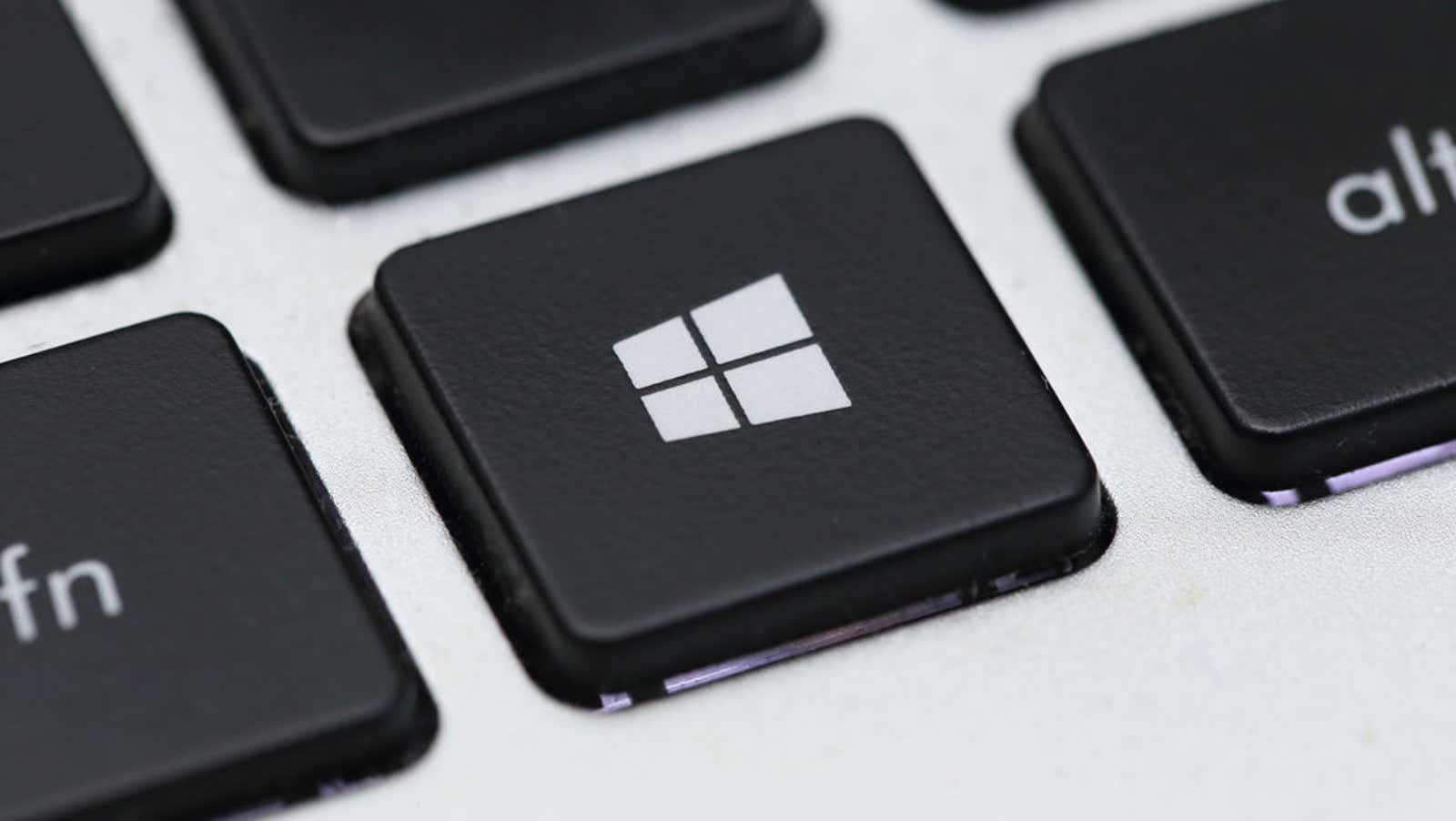Best Features of Windows 10, Version 1909

Unlike the small, regular updates that Windows 10 receives throughout the year, Microsoft does two major OS overhauls each year – in the spring and fall, when new features are added. After spending the past few weeks in beta testing, the Fall 2019 Update, also known as Windows 10 1909 (formerly 19H2 for Windows Insiders), is finally available to the general public.
However, Windows 10, version 1909 is smaller than previous updates of this kind. Instead of making huge modifications to the user interface or core functionality, Windows 10 1909 augments several existing apps and tools with new features such as more options for managing app notifications, simplified shortcuts for editing your calendar, and paves the way for third-party improvements. The integration of the AI assistant in Windows 10 is just a small selection of the various updates that users can expect.
Here are all the major changes in Windows 10, version 1909.
New notification settings and shortcuts
Most of the changes in Windows 1909 concern how the OS allows users to manage their system and application notifications, including:
- New “Manage Notifications” shortcut in Action Center (accessed by clicking on the small dialog box icon in the lower-right corner of the Windows taskbar).
- Individual system notifications will now include an interactive link that takes you directly to the application-specific notification settings.
- New options on the notification settings page to mute apps individually or all at once.
- There are also new icons in the settings menu for certain types of notifications.
New Quick Event Tools for Windows 10 Calendar
Another major change in Windows 10 1909 is the Windows Calendar app. You can now add events directly to the Quick Access Calendar without opening the main Calendar application. Here’s how:
- Click the date / time on the taskbar to open the quick access calendar view.
- Click a date to start adding an event. The quick creation tools allow you to name and label events, and add times and places.
A new shortcut has also been added to the Quick Access Calendar to open the main calendar application.
Other changes in Windows 10, version 1909
In addition to handy notifications and calendar shortcuts, users will also notice some other useful changes after installing the 1909 update:
- The file explorer search tool has been updated to be available online, which means it will now include OneDrive files in search results. It will also perform quick searches, displaying potential matches in a dropdown menu below the search bar (although you can still perform a classic full search by simply hitting Enter ).
- Hovering over Start menu sidebar shortcuts (such as the Settings icon) displays more useful tooltip text.
- You can now control third-party AI assistants with voice from the lock screen – or at least it will be possible when third-party assistants enable this, although Alexa is rumored to be adding support soon.
- Narrator’s assistants and accessibility features can now detect if a function key (“FN”) is pressed on devices that have it.
- The battery life and energy efficiency of some devices have been increased.
- A few more technical changes for corporate users .
How to install Windows 10 version 1909
Due to the incorrect launch of the last few major updates, Windows 10 no longer automatically installs new feature updates like this, so users will have to manually start the installation, although we recommend taking a few minutes to get your PC ready first , just in case something goes wrong. will go wrong during or after the update. When you’re ready to update, open the Start menu on your PC and click the gear-shaped icon to open the Settings menu. From the settings menu, choose Update & Security> Window Update and click Download when the update is posted.
This story was originally posted a month ago and was updated on 11/13/19 when Windows 10 1909 was publicly released.